Discover the enchanting world of Tuanshan Village in Yunnan Province, China – a UNESCO World Heritage Site that perfectly showcases the harmonious blend of traditional Han and ethnic Yi cultures through its magnificent architecture, exquisite silk craftsmanship, and timeless artistic traditions.
Introduction to Tuanshan Village
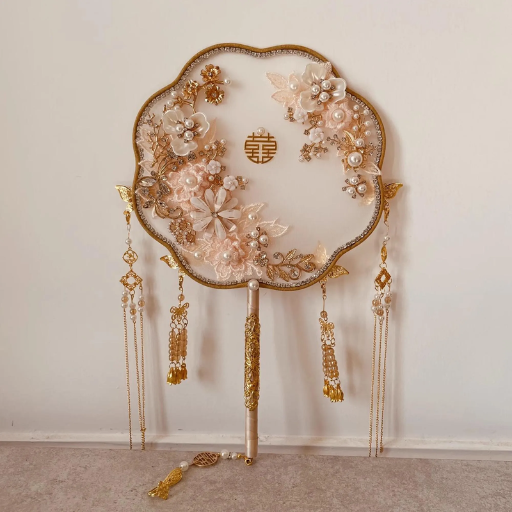
Tuanshan Village in Yunnan Province, China, stands as an ancient, well-preserved village renowned for its rich cultural heritage and architectural beauty. This UNESCO World Heritage Site is celebrated for its traditional Han-style buildings, intricate wood and stone carvings, and exceptional silk craftsmanship heritage.
The village serves as a living representation of rural Chinese life, preserving traditions that span thousands of years and establishing itself as a hub of historical and cultural wealth. Visitors to Tuanshan can experience firsthand the intersection of history, artistry, and community spirit that has defined this remarkable settlement.
Geographic Location and Accessibility
| Location Details | Information |
|---|---|
| Province | Yunnan Province, China |
| Prefecture | Honghe Hani and Yi Autonomous Prefecture |
| Distance from Jianshui | 13 km (8 miles) west |
| Climate | Subtropical highland with moderate temperatures year-round |
| Best Time to Visit | Year-round due to mild winters and warm summers |
Surrounded by lush green hills and agricultural landscapes, Tuanshan embodies the serene charm of China’s countryside. Its proximity to major attractions like Jianshui Ancient Town and Double Dragon Bridge makes it an ideal cultural tourism destination.
Historical Significance and Cultural Heritage
The Zhang Family Legacy
The development of Tuanshan Village is intrinsically linked to the Zhang family, who migrated from Jiangxi Province as merchants during the Ming Dynasty. Their influence is evident throughout the village in:
- Architectural styles that reflect both Han and local ethnic influences
- Cultural practices that have been maintained for centuries
- The famous Zhang Family Courtyard – a masterpiece of ancient Chinese residential architecture
- Economic foundations established through trade and commerce
Architectural Marvels
Key Architectural Features:
- Traditional black-tiled roofs characteristic of Qing Dynasty design
- Intricate stone and wood carvings displaying exceptional craftsmanship
- Well-preserved ancestral halls serving as cultural centers
- Narrow cobblestone streets maintain historical authenticity
- Courtyards that exemplify classical Chinese residential architecture
The Art of Silk in Tuanshan
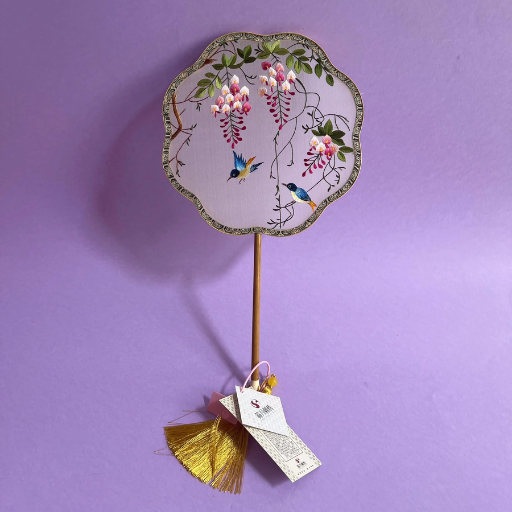
Historical Development of Silk Production
Silk production in Tuanshan traces its origins to the Ming Dynasty (1368–1644), when the village established itself as a center for fine textile creation. The process begins with cultivating mulberry trees, essential food sources for silkworms that produce high-quality silk.
Years of silk tradition
Households involved in embroidery
Tourism increases for Hanfu programs
During the Qing Dynasty (1644–1912), Tuanshan experienced a golden age of silk trade, with artisans perfecting their craft and expanding trade routes throughout China and beyond. Today, the village maintains its position as a leading silk producer in Yunnan Province.
Silk Product Categories
| Product Type | Description | Market Appeal |
|---|---|---|
| Silk Fabrics | Luxurious materials for traditional Chinese clothing and home décor | High demand for satin and chiffon in global markets |
| Silk Scarves & Shawls | Elaborate designs combining traditional and contemporary elements | Growing popularity in North America and Europe |
| Silk Bedding | Premium bedding, including sheets, pillowcases, and comforters | Luxury home furnishing market growth in 2022 |
| Handwoven Accessories | Ties, handbags, and pouches with cultural embroidery | Collector interest and cultural connection appeal |
| Silk Art & Decorations | Wall hangings and embroidered artwork | Tourist souvenirs and collector pieces |
The Exquisite Round Silk Fan (Tuánshàn 圆扇)
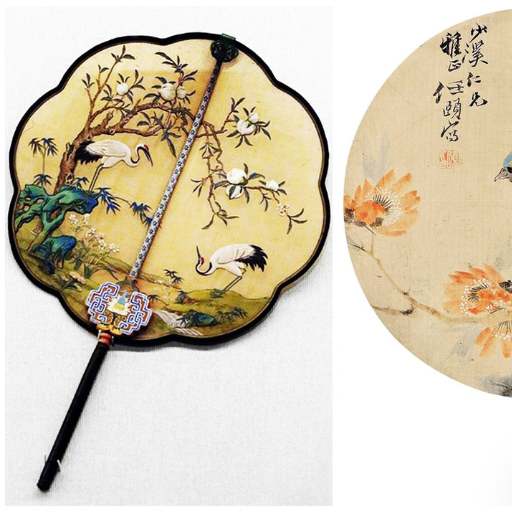
Cultural Significance and Design Elements
The round silk fan, known as “tuánshàn” in Chinese, represents one of Tuanshan’s most celebrated crafts. These delicate accessories carry deep cultural significance and showcase the village’s artistic mastery.
Traditional Design Motifs:
- Floral patterns: Peonies (beauty), lotus (purity), plum blossoms (endurance)
- Bird imagery: Cranes (longevity), phoenixes (rebirth), swallows (happiness)
- Natural scenes: Mountains, rivers, and architectural landscapes
- Calligraphy: Ancient poems and meaningful phrases
- Cultural symbols: Dragons and phoenixes for prosperity and harmony
Modern Applications and Market Trends
Contemporary round silk fans have evolved beyond their traditional cooling function to become:
- Decorative art pieces for homes and offices
- Cultural gifts for weddings, anniversaries, and corporate occasions
- Fashion accessories incorporated into modern designer collections
- Collector items range from $50 for replicas to thousands for antique pieces
- Educational tools for cultural heritage appreciation
Recent market data indicates a 10% increase in Chinese craft exports over the past two years, with silk fans being a significant contributor to this growth.
Hanfu Culture and Traditional Dress
The Hanfu Revival Movement
Hanfu, the traditional clothing of Han Chinese people with over 4,000 years of history, has experienced a remarkable revival in Tuanshan and throughout China. The movement, which began in the early 2000s, has gained significant momentum through social media platforms.
Hanfu enthusiasts in China (2023)
Tourism increases for Hanfu programs
Cultural tourism growth in Jianshui
Hanfu Fashion Trends in Tuanshan
Local designers in Tuanshan have created unique fashion styles by blending historical accuracy with modern preferences:
- Contemporary materials: Modern silk and pastel colors for casual wear
- Complementary accessories: Exquisite hairpins, silk fans, and embroidered shoes
- Interactive experiences: Hanfu rental services and hands-on workshops
- Social media integration: Photoshoot opportunities in traditional courtyards
Cultural Events and Celebrations
| Event | Season | Activities |
|---|---|---|
| Jianshui Hanfu Cultural Festival | Spring (Annual) | Parades, tea ceremonies, and ancient music performances |
| Hanfu Experience Days | Throughout the year | Dressing workshops, traditional hair styling, and etiquette lessons |
| Themed Photo Competitions | Various seasons | Photography contests and storytelling sessions |
Embroidery Arts and Traditional Techniques
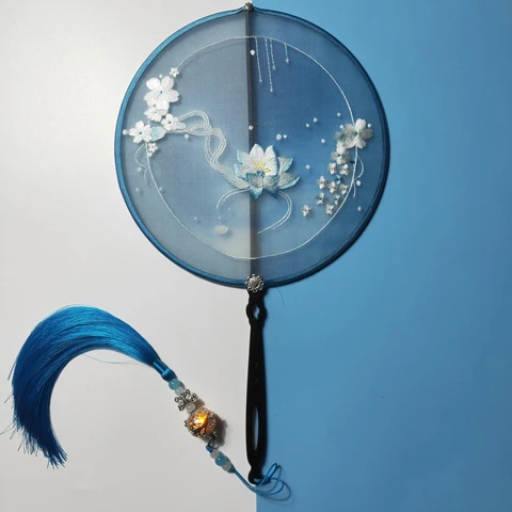
Traditional Embroidery Styles
Tuanshan’s embroidery tradition reflects the artistic heritage of both the Yi and the Han ethnic groups. The craft is characterized by:
- Complex designs: Nature imagery including flowers, animals, and geometric patterns
- Vibrant colors: Strong thread colors creating three-dimensional effects
- Natural dyeing: Vegetable and mineral-based colors for environmental sustainability
- Cultural symbolism: Designs believed to bring prosperity, health, and harmony
- Multi-generational knowledge: Skills passed down through family lines
Modern Applications and Market Demand
Contemporary embroidery techniques have evolved to meet modern market demands:
- Digital precision: Modern embroidery machines for finer, more precise designs
- Premium materials: High-quality metallic and silk threads for durability and aesthetic appeal
- Diverse applications: Fashion garments, home décor, and artistic wall hangings
- Customization services: Personalized designs for individual customers
- Educational programs: Workshops and classes for skill preservation
Market trends show a 30% increase in online demand for embroidery courses over the past two years, driven by DIY craft popularity and remote learning flexibility.
Economic Impact and Tourism Development
Cultural Tourism Benefits
Tuanshan’s designation as a UNESCO World Heritage Site has transformed it into a significant economic driver for Jianshui County:
Economic Contributions:
- International tourism growth is attracting global visitors
- Investment opportunities in the surrounding areas
- Job creation for local communities
- Support for traditional craft industries
- Educational tourism for architects and historians
Sustainable Development Initiatives
The village has embraced sustainable practices that benefit both preservation and economic growth:
- Eco-friendly production: Natural dyeing techniques and sustainable silk cultivation
- Community involvement: Over 60% of households participate in traditional crafts
- Heritage preservation: Government projects supporting the younger generation’s education
- Market diversification: Online platforms expanding global reach
Visitor Experience and Learning Opportunities
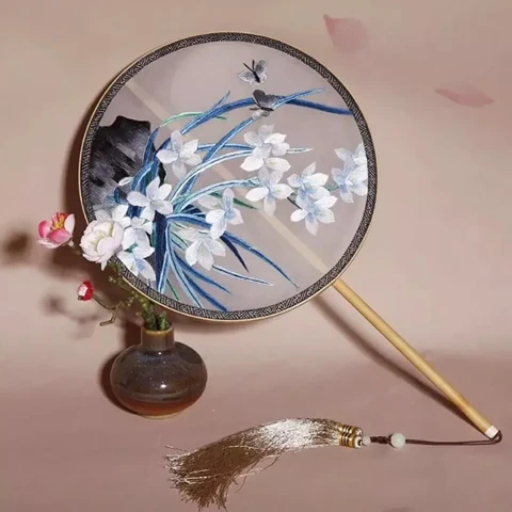
Cultural Workshops and Activities
| Activity Type | Duration | Skill Level | What You’ll Learn |
|---|---|---|---|
| Silk Fan Making | Half day | Beginner | Traditional crafting techniques and design principles |
| Embroidery Classes | Full day | All levels | Various stitching techniques and pattern creation |
| Hanfu Experience | 2-3 hours | No experience needed | Traditional dressing, styling, and cultural significance |
| Architecture Tours | 3-4 hours | General interest | Historical building techniques and cultural context |
Educational Value and Cultural Exchange
Tuanshan serves as an important educational center offering:
- Heritage conservation studies for architecture and history students
- Cultural immersion programs for international visitors
- Traditional craft certification through specialized workshops
- Research opportunities for academics and cultural institutions
Frequently Asked Questions
Tuanshan is an exceptionally well-preserved village in Yunnan Province’s Jianshui County, showcasing Ming and Qing dynasty architecture. Historically inhabited by the Zhang clan who migrated from Jiangxi Province as merchants, the village stands as testimony to the rich cultural heritage and skilled craftsmanship of the Yi ethnic people.
The village specializes in several exquisite crafts, including embroidery and silk fan-making. Artisans produce beautiful, round silk fans and folding fans that showcase the region’s highest level of craftsmanship. Local silk fabric is renowned for its quality and is primarily used for traditional attire, including Hanfu.
Tuanshan’s buildings feature classic Chinese architectural elements including black-tiled roofs, ancestral halls, and exquisite carvings. The designs reflect the artistry of the Ming and Qing dynasties, with village layout and building techniques offering insights into historical Chinese living practices.
Yi ethnic culture is integral to Tuanshan, enriching Yunnan’s broader cultural landscape through customs, traditional clothing like Hanfu, and festivals. The village functions as a living museum where visitors can learn about ethnic minority traditions, including specialized skills in silk production and embroidery.
Tuanshan is renowned for its silk industry, particularly round silk fans and embroidered fabrics. These items are traditionally crafted using time-honored methods and serve both functional and artistic purposes. The smooth-textured, brightly colored silk fabric produced here represents both livelihood and cultural identity for the community.
Calligraphy represents a major cultural element in Tuanshan, reflecting community values and artistic heritage. It appears prominently during local festivals and ceremonies, creating stronger connections between residents and their historical traditions while maintaining Tuanshan’s status as a center for traditional Chinese arts.
Plan Your Visit: Tuanshan Village offers a unique opportunity to experience living Chinese heritage through its preserved architecture, traditional crafts, and cultural programs. Whether you’re interested in learning ancient techniques, exploring historical buildings, or simply appreciating the intersection of art and tradition, Tuanshan provides an unforgettable cultural journey.
Reference Sources
- The Ge of Shizhaishan Cultural Complex
The paper deals with archaeological results, an account of Tuanshan, and historical backgrounds. - Bamboo Germplasm Collection for Community Development in Central Yunnan, China
The document treats bamboo collections in Yunnan and may concern materials and cultural considerations of the Tuanshan. - Tao Xingzhi’s Non-Communist Mass Education Movements in 1930s China
Though majorly on education, insights are provided into cultural movements in China and may be inclusive of traditional artifacts such as Tuanshan.







